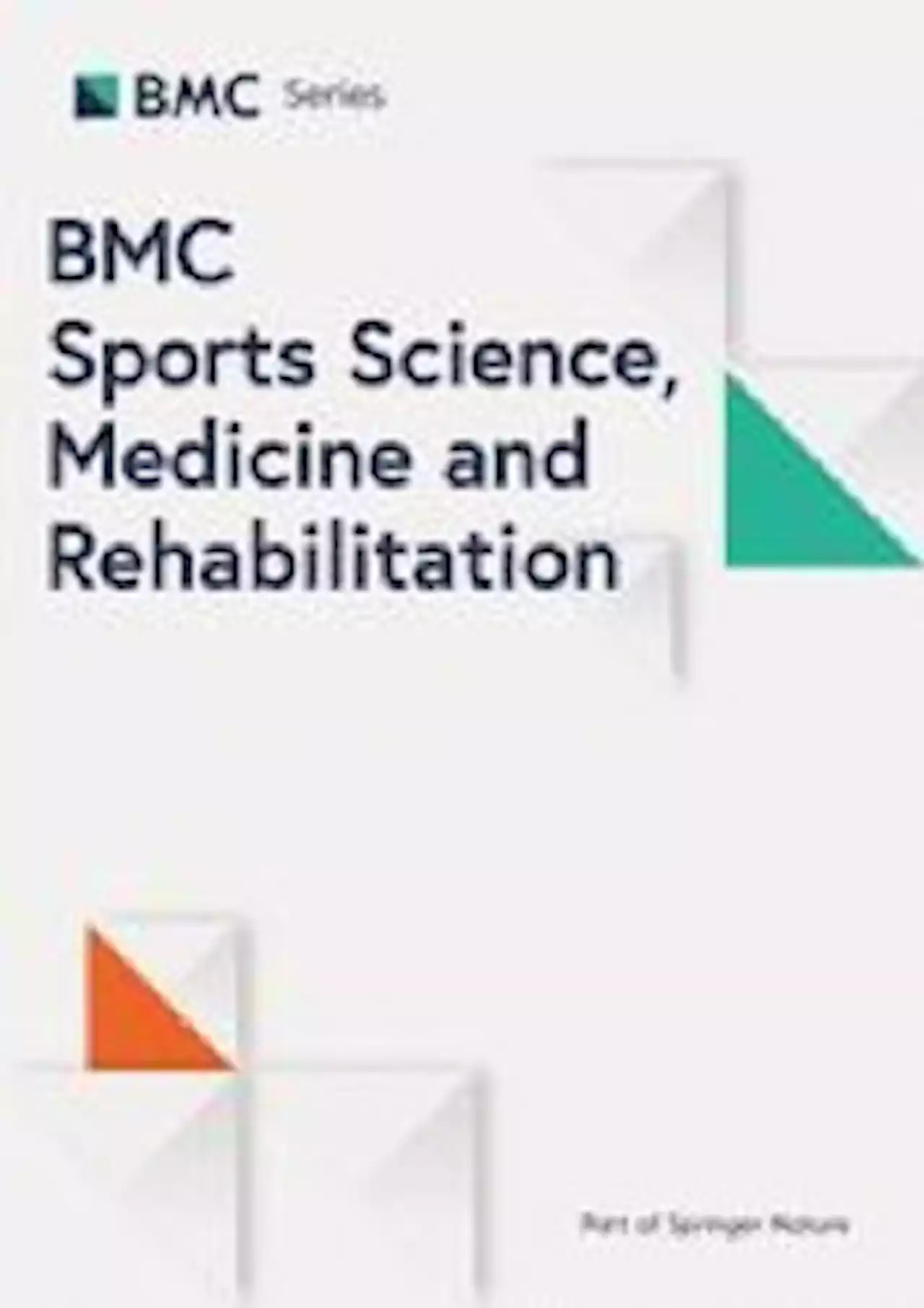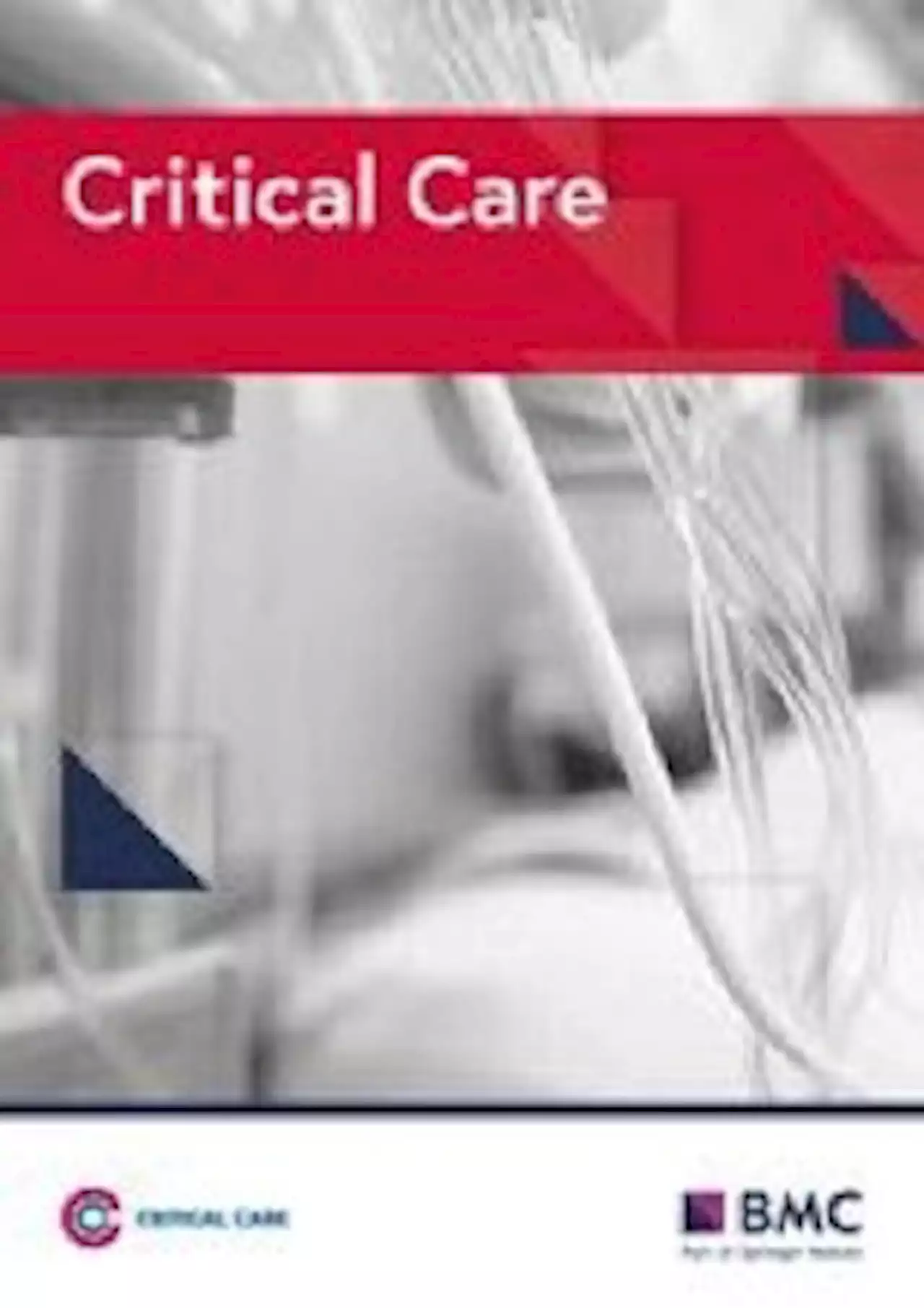In yet another astounding example of sexism in the entertainment industry, the creator of GreysAnatomy Shonda Rhimes has revealed that the multi-award-winning show, currently airing its 19th season in the US, almost didn’t make the cut.
has revealed that the multi-award-winning show, currently airing its 19th season in the US, almost didn’t make the cut.podcast that a room full of old male television executives gave her a hard time for starting her show in the way she did. How exactly? Read on and prepare to be surprised.
Because a woman couldn’t possibly enjoy sex and be intelligent, talented and highly employable, right? For context, when this episode first aired, internet dating wasn’t really a thing, Tinder wasn’t even a pipe dream and women didn’t really talk about having casual sex as openly as we might do today.
Rhimes recalls: “They could not get out of that room fast enough. They didn’t know what to do – they were like, ‘These are the kinds of women we don’t like.’”
United Kingdom Latest News, United Kingdom Headlines
Similar News:You can also read news stories similar to this one that we have collected from other news sources.
 Up and-coming female comedians breaking into NI's male-dominated industryMeet some of the women causing serious laughter up and down the country's comedy clubs
Up and-coming female comedians breaking into NI's male-dominated industryMeet some of the women causing serious laughter up and down the country's comedy clubs
Read more »
 Lumbar spine MRI findings in asymptomatic elite male academy footballers: a case series - BMC Sports Science, Medicine and RehabilitationBackground Understanding common MRI findings may allow clinicians to appreciate the sport-specific effects on the lumbar spine, and to discern clinically significant pathology. Prevalence data regarding radiological abnormalities seen during the surveillance of asymptomatic elite footballers is, therefore, important to help understand injury mechanisms and to prevent associated injuries. The purpose of this study was to evaluate the magnetic resonance imaging (MRI) findings in the lumbar spines of asymptomatic elite male adolescent footballers. Methods A prospective case-series study was carried out. MRI was performed using a 3T Siemens Prisma scanner including a 3D VIBE sequence in 18 asymptomatic male elite adolescent footballers recruited from a professional academy in England (mean age 17.8, range 16.9–18.6 years). The images were independently reported by two consultant musculoskeletal radiologists to achieve consensus opinion. Standardised classification criteria were used to assess and report abnormalities descriptively. Results Fifteen players (15/18, 83%) showed ≥1 abnormalities, included facet degeneration, synovial cysts, disc degeneration, disc herniation, and pars injury. One player (1/18, 6%) had mild (Grade 1) facet joint arthropathy at L4/L5 and 3/18 (16.7%) showing evidence of bilateral facet joint effusions. Three synovial cysts were identified in 2/18 players (11%), 4/18 players (22%) presented asymptomatic pars injuries, with 4 showing a grade 2 subtotal stress fracture and 1 player a grade 4 chronic stress fracture seen on 3D VIBE sequencing. Disc degeneration at one or more levels was demonstrated in 7/18 players (38%). Disc herniation was present in 5/18 players (27%). Conclusion A range of unsuspected findings on MRI of the lumbar spine are common in elite adolescent footballers.
Lumbar spine MRI findings in asymptomatic elite male academy footballers: a case series - BMC Sports Science, Medicine and RehabilitationBackground Understanding common MRI findings may allow clinicians to appreciate the sport-specific effects on the lumbar spine, and to discern clinically significant pathology. Prevalence data regarding radiological abnormalities seen during the surveillance of asymptomatic elite footballers is, therefore, important to help understand injury mechanisms and to prevent associated injuries. The purpose of this study was to evaluate the magnetic resonance imaging (MRI) findings in the lumbar spines of asymptomatic elite male adolescent footballers. Methods A prospective case-series study was carried out. MRI was performed using a 3T Siemens Prisma scanner including a 3D VIBE sequence in 18 asymptomatic male elite adolescent footballers recruited from a professional academy in England (mean age 17.8, range 16.9–18.6 years). The images were independently reported by two consultant musculoskeletal radiologists to achieve consensus opinion. Standardised classification criteria were used to assess and report abnormalities descriptively. Results Fifteen players (15/18, 83%) showed ≥1 abnormalities, included facet degeneration, synovial cysts, disc degeneration, disc herniation, and pars injury. One player (1/18, 6%) had mild (Grade 1) facet joint arthropathy at L4/L5 and 3/18 (16.7%) showing evidence of bilateral facet joint effusions. Three synovial cysts were identified in 2/18 players (11%), 4/18 players (22%) presented asymptomatic pars injuries, with 4 showing a grade 2 subtotal stress fracture and 1 player a grade 4 chronic stress fracture seen on 3D VIBE sequencing. Disc degeneration at one or more levels was demonstrated in 7/18 players (38%). Disc herniation was present in 5/18 players (27%). Conclusion A range of unsuspected findings on MRI of the lumbar spine are common in elite adolescent footballers.
Read more »
 'I friendzoned my bestie but now he’s got a girlfriend I’m devastated'Relationship advisor Lalalaletmeexplain is back with this week's hit column where she helps a woman who has developed a crush on her unavailable male best friend
'I friendzoned my bestie but now he’s got a girlfriend I’m devastated'Relationship advisor Lalalaletmeexplain is back with this week's hit column where she helps a woman who has developed a crush on her unavailable male best friend
Read more »
 Different epidemiology of bloodstream infections in COVID-19 compared to non-COVID-19 critically ill patients: a descriptive analysis of the Eurobact II study - Critical CareBackground The study aimed to describe the epidemiology and outcomes of hospital-acquired bloodstream infections (HABSIs) between COVID-19 and non-COVID-19 critically ill patients. Methods We used data from the Eurobact II study, a prospective observational multicontinental cohort study on HABSI treated in ICU. For the current analysis, we selected centers that included both COVID-19 and non-COVID-19 critically ill patients. We performed descriptive statistics between COVID-19 and non-COVID-19 in terms of patients’ characteristics, source of infection and microorganism distribution. We studied the association between COVID-19 status and mortality using multivariable fragility Cox models. Results A total of 53 centers from 19 countries over the 5 continents were eligible. Overall, 829 patients (median age 65 years [IQR 55; 74]; male, n = 538 [64.9%]) were treated for a HABSI. Included patients comprised 252 (30.4%) COVID-19 and 577 (69.6%) non-COVID-19 patients. The time interval between hospital admission and HABSI was similar between both groups. Respiratory sources (40.1 vs. 26.0%, p | 0.0001) and primary HABSI (25.4% vs. 17.2%, p = 0.006) were more frequent in COVID-19 patients. COVID-19 patients had more often enterococcal (20.5% vs. 9%) and Acinetobacter spp. (18.8% vs. 13.6%) HABSIs. Bacteremic COVID-19 patients had an increased mortality hazard ratio (HR) versus non-COVID-19 patients (HR 1.91, 95% CI 1.49–2.45). Conclusions We showed that the epidemiology of HABSI differed between COVID-19 and non-COVID-19 patients. Enterococcal HABSI predominated in COVID-19 patients. COVID-19 patients with HABSI had elevated risk of mortality. Trial registration ClinicalTrials.org number NCT03937245 . Registered 3 May 2019.
Different epidemiology of bloodstream infections in COVID-19 compared to non-COVID-19 critically ill patients: a descriptive analysis of the Eurobact II study - Critical CareBackground The study aimed to describe the epidemiology and outcomes of hospital-acquired bloodstream infections (HABSIs) between COVID-19 and non-COVID-19 critically ill patients. Methods We used data from the Eurobact II study, a prospective observational multicontinental cohort study on HABSI treated in ICU. For the current analysis, we selected centers that included both COVID-19 and non-COVID-19 critically ill patients. We performed descriptive statistics between COVID-19 and non-COVID-19 in terms of patients’ characteristics, source of infection and microorganism distribution. We studied the association between COVID-19 status and mortality using multivariable fragility Cox models. Results A total of 53 centers from 19 countries over the 5 continents were eligible. Overall, 829 patients (median age 65 years [IQR 55; 74]; male, n = 538 [64.9%]) were treated for a HABSI. Included patients comprised 252 (30.4%) COVID-19 and 577 (69.6%) non-COVID-19 patients. The time interval between hospital admission and HABSI was similar between both groups. Respiratory sources (40.1 vs. 26.0%, p | 0.0001) and primary HABSI (25.4% vs. 17.2%, p = 0.006) were more frequent in COVID-19 patients. COVID-19 patients had more often enterococcal (20.5% vs. 9%) and Acinetobacter spp. (18.8% vs. 13.6%) HABSIs. Bacteremic COVID-19 patients had an increased mortality hazard ratio (HR) versus non-COVID-19 patients (HR 1.91, 95% CI 1.49–2.45). Conclusions We showed that the epidemiology of HABSI differed between COVID-19 and non-COVID-19 patients. Enterococcal HABSI predominated in COVID-19 patients. COVID-19 patients with HABSI had elevated risk of mortality. Trial registration ClinicalTrials.org number NCT03937245 . Registered 3 May 2019.
Read more »
 Shonda Rhimes had the last laugh after a “room full of old men” told her Grey’s Anatomy would failIn yet another astounding example of sexism in the entertainment industry, the creator of GreysAnatomy Shonda Rhimes has revealed that the multi-award-winning show, currently airing its 19th season in the US, almost didn’t make the cut.
Shonda Rhimes had the last laugh after a “room full of old men” told her Grey’s Anatomy would failIn yet another astounding example of sexism in the entertainment industry, the creator of GreysAnatomy Shonda Rhimes has revealed that the multi-award-winning show, currently airing its 19th season in the US, almost didn’t make the cut.
Read more »
